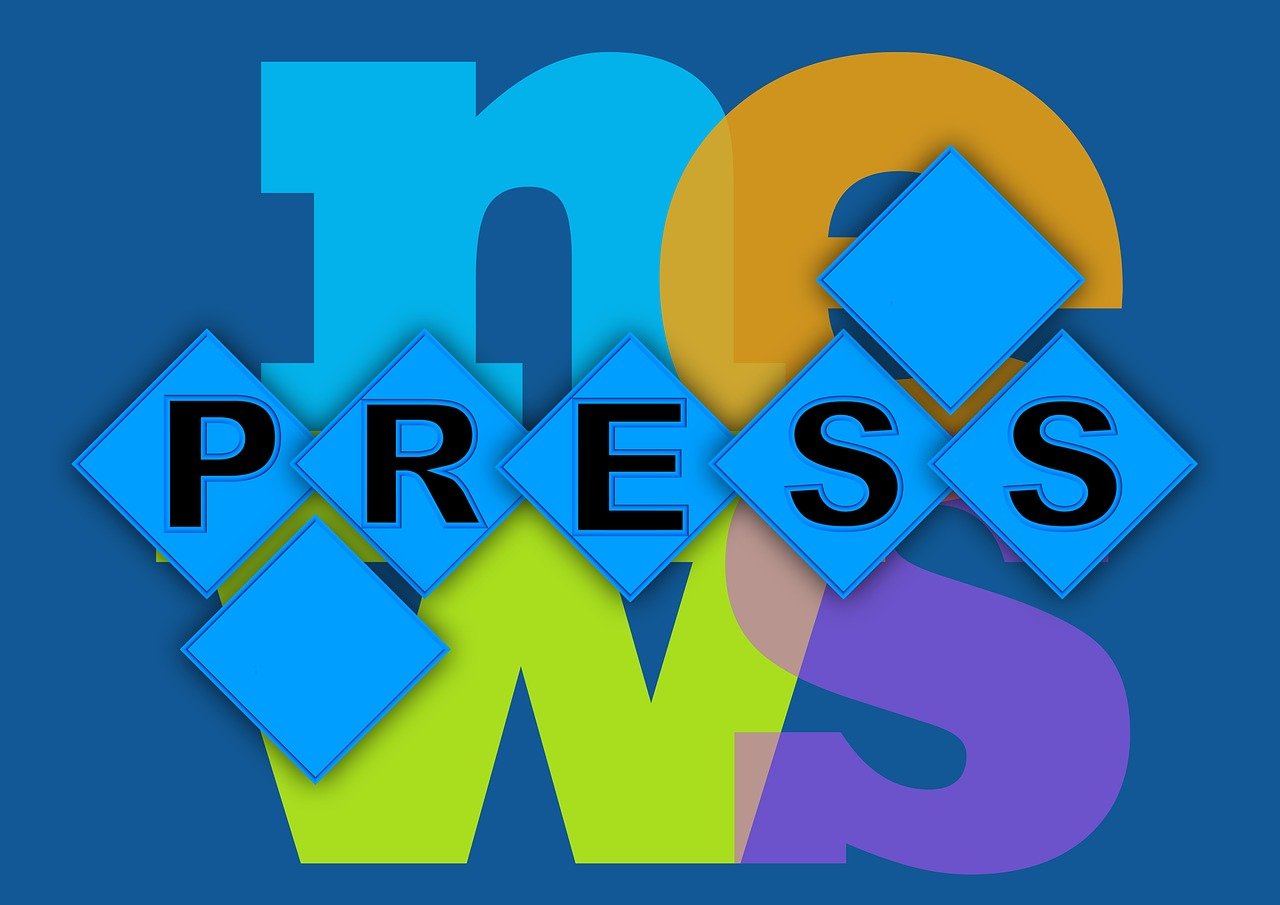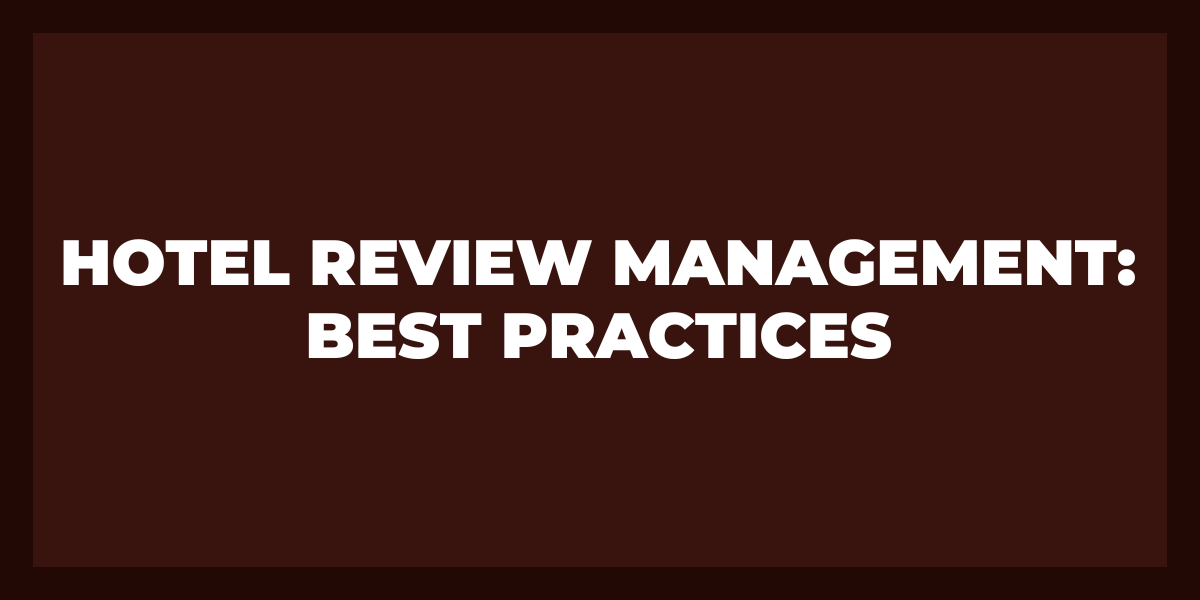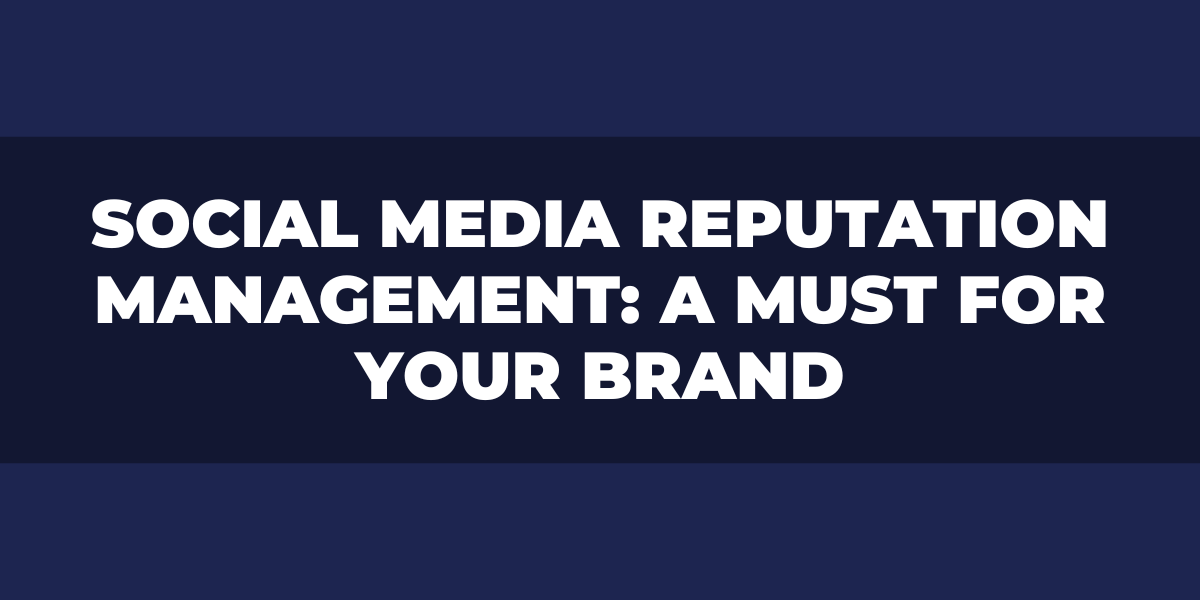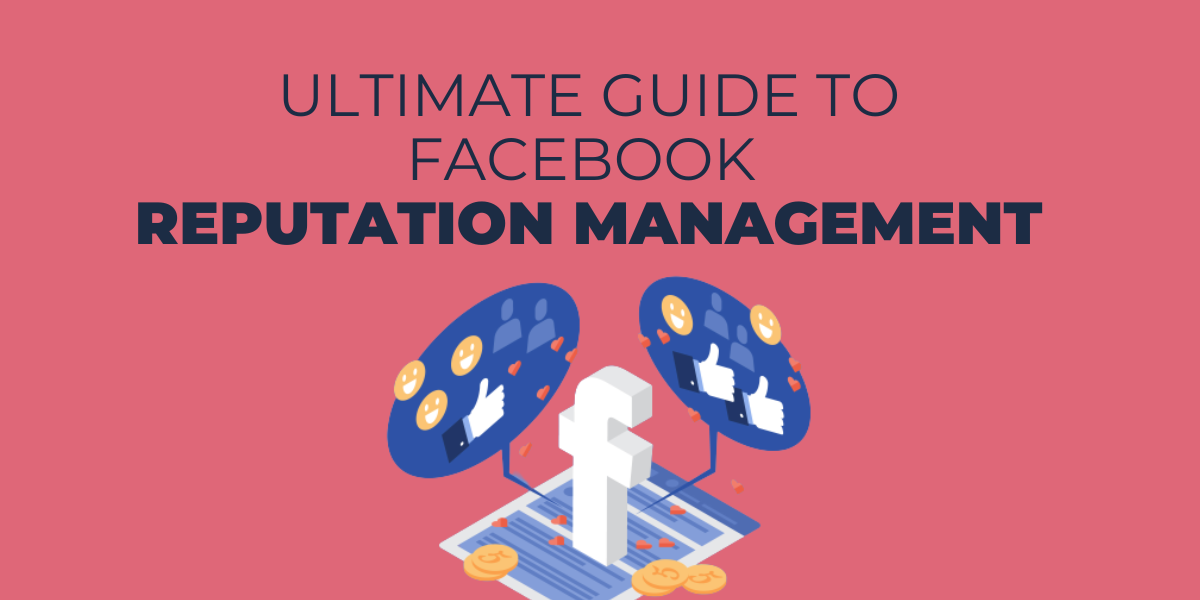Want to learn how to write a press release? We must understand the purpose behind writing one.
A press release, also known as a news release or media release, is a written or recorded statement that is distributed to the media to announce something newsworthy. The main goal of a press release is to generate coverage of a specific event, product, service, or initiative in the media to reach a large audience.
Who needs Press Releases?
Press releases are used by a wide range of organizations, including corporations, non-profits, government agencies, and individuals, to share news and information with the public. They are often sent to journalists, editors, and other members of the media, who can then choose to publish or broadcast the information contained in the release. These are required for different important events which happen more and more these days across the world. Thus, the necessity for AI event activations grows as time becomes a valuable asset needing control with different AI technologies.
A well-written press release should be concise, clear, and easy to understand and should include all of the key information about the event or development being announced. It should also be written in an objective, factual manner and should avoid using overly promotional language or making exaggerated claims.
Press releases can be a highly effective tool for building awareness and generating coverage for a wide range of initiatives and events. However, they must be crafted carefully and with the intended audience in mind in order to be effective.
Note: A press release is a compelling piece of content that requires an email to accompany it, which acts as the cover letter providing a succinct summary of what’s being promoted.
Would You Still Send A Press Release in 2023?
Crafting a press release is an art form, one that can pique readers’ interest with its intriguing content and have them eager to learn more. That makes them as relevant as ever.
If you’re looking for reasons to promote your business or a good story with a press release, here are some of the most persuasive ones:
- Product Launches: A press release is a great way to announce the launch of a new product or service and generate buzz and interest in the media and among potential customers.
- Company News: A press release can be used to announce important company news, such as changes in leadership, acquisitions, partnerships, or expansions.
- Industry Announcements: Press releases can be used to share important industry news or developments, such as changes in regulations, new research findings, or emerging trends.
- Event Promotion: A press release can be used to promote an upcoming event, such as a trade show, conference, or public speaking engagement, and help attract media attention and attendees.
- Award Recognition: A press release can be used to announce that a company or individual has won an award or recognition and to highlight their achievements.
- Crisis Management: In the event of a crisis, a press release can be used to communicate with the public, share information, and help control the narrative and mitigate damage to a company’s reputation.
- Community Involvement: Press releases can be used to promote a company’s involvement in the community, such as through charitable donations, sponsorships, or volunteer work.
- Brand Awareness: A press release can help increase brand awareness and establish a company as an expert in its field by sharing information about the company’s products, services, and expertise.
Benefits of Press Release
Until now, we have looked at the possible applications of a press release.
Here are some reasons why organizations send out PRs to the media:
It brings attention and awareness.
Leveraging the enormous reach of journalists and media outlets is a no-brainer when generating awareness for your business. Capitalizing on press releases can be one effective way to get more eyes on your brand.
It builds relationships
Distributing press releases is a two-way street. Journalists are constantly in search of new stories, and if you can aid them with this quest, it could be the opening chapter in your relationship with someone from the media industry.
They also aid in search engine optimization.
If you strategically include your target keywords in your press release, you can reach the top of any search engine in no time. Furthermore, if a journalist chooses to use or cite your work for an article or blog post, then not only will it give you more publicity but also generate backlinks from their company’s website – which as we know is one of the most effective ways to get content visibility.
Manage your image effectively.
A compelling press release is a superb way to control how your business is perceived. You can create and maintain an excellent brand image as well as shape public opinion with accurate facts that will refute any unfavorable publicity.
When do you Need a Press Release?
A press release is an ideal avenue when you want to broadcast truly noteworthy content. But how exactly do you decide if your information warrants this kind of coverage?
To validate a story as newsworthy, various components must be evaluated:
- Impact – Will this information impact anyone?
- Immediacy – Is this information of immediate importance?
- Recognition – Is this topic widely recognized?
To craft a successful press release, it is essential to meet two out of the three criteria.
How to Write Press Release – Format and Template
To ensure your press release stands out and gets published, familiarize yourself with the standard press release format. Journalists tend to be more receptive to content that follows a recognizable layout; thus, understanding how to properly structure your press releases can drastically increase your chances of being picked up by media outlets.
IMPORTANT: Before you craft a press release, it’s essential that there is something newsworthy to report on; otherwise, journalists may not deem your story as worthy of coverage.
To secure the attention of journalists, your story or key finding must be relatable to a relevant current issue they are covering.
If you’re looking for an industry-standard approach to your press release, here’s the go-to format:
- Captivate Your Audience with an Attention-Grabbing Headline: Crafting a headline that compels your readers to keep reading and conveys the purpose of your press release is key. Is it about a groundbreaking research study, or perhaps you’re introducing something new?
- Location: Your geographic location and the area of newsworthiness are both key aspects to consider.
- Strong Lead: The part where you sum up your newsworthy content in one sentence
- Body: To ensure readers can quickly digest the information, it’s essential to list it in decreasing order of significance. To make your arguments even more convincing, sprinkle quotes throughout the content for maximum credibility and authenticity.
- Boilerplate: Unveil your organization to the audience with a few powerful words.
- Press Contact: In order to get more information, please provide the name and contact details of your media coordinator or communications executive. This individual will be able to help field any additional questions from the reporter.
Note: A popular font such as Arial or Times New Roman is advisable when crafting your press release. This will ensure that the message you are trying to convey comes across clearly and effectively.
A basic outline of a Press Release
A typical press release will consist of these parts:
[ATTENTION GRABBING HEADLINE]
Strong Lead Sentence
Summary Bullet Point One (if applicable)
Summary Bullet Point Two (if applicable)
Summary Bullet Point Three (if applicable)
[DATE],[CITY], [STATE]
Introduction in a Paragraph
[QUOTE]
[Second Paragraph]
[Third Paragraph]
[QUOTE]
Closing Paragraph
[BOILERPLATE]
Name of Press Contact:
Phone:
Email:
Feel free to amend this outline as per your need.
How To Write a Press Release
Get your hands on the essential instructions for creating a compelling press release with this step-by-step guide.
Figure out ways to be newsworthy.
To make sure you give journalists what they need, craft a news release with their interests at the forefront. Here’s how to get that done:
Give Exclusive Information
Journalists are always on the hunt for something unique, and data is one of their favorite exclusives. Packing both into a media release will make them take notice in an instant!
Newsjacking
Journalists may not always be fortunate enough to cover their own breaking news stories, but there is another approach they can tap into: content marketing with a twist – Newsjacking!
This technique involves tying your brand to the latest trend or hot topics circulating on social media platforms such as Twitter. By doing so, you can increase the reach of your press releases and make them more engaging for readers.
Consider leveraging this method if an interesting story has become viral online recently; it’s certainly worth considering!
Look for an Emotional Connection
Crafting narratives with emotional weight will strike a chord with your target audience and translate to more social media attention. If you tap into people’s feelings about your brand, they are likely willing to take the plunge and engage.
Write Your Press Release Headline
It is indispensable to ensure your press release headline captures attention from the get-go; after all, it’s what everyone will see first.
An effective press release headline should catch the reader’s attention, draw them in with intriguing information, and then quickly tell a journalist your story. To produce an impactful headline for your press release, consider these three fundamental principles:
- Make good use of action verbs
- Adopt a direct approach
- Be Comprehensive
If coming up with a compelling headline has you feeling stumped, why not use a headline analyzer to get the ball rolling? Doing so will provide you with insight into how your current title fares.
How to Craft Your Lead
Get off to a strong start by crafting an impactful lead for your press release. This paragraph, typically comprised of 35-45 words, should concisely summarize the most critical information in your announcement.
This paragraph answers the five essential questions of who, what, where, when, and why.
- Who: Who has a hand in this news story? Which people or organizations are part of it?
- What: Have you heard about the latest news? What are people talking about?
- When: What is the timeline of this story or event? When did it happen (or will it happen in the future)?
- Where: What was the setting of this narrative, or what was happening?
- Why: Why should readers of these media outlets care about this information?
Write Your Body Paragraphs
Crafting a narrative of your brand’s journey is the main focus of this area, and it must be relevant to the story and connect with your audience emotionally. Merely mentioning key points isn’t enough; you should strive to include as much detail as possible that resonates powerfully with readers.
Want to write a fantastic press release? Just remember the inverted pyramid formula.
Start by including all your most important details at the beginning, and then go into less essential facts as you continue. This way, readers will immediately know what’s so great about your story without reading much further.
Insert Quotes that support your story.
Quotes are an excellent tool to authenticate and add a personal flair to your press release. However, ensure that the quote you use is pertinent to the article’s topic.
Write Your Boilerplate Text
Crafting a boilerplate accurately distills facts, objectives, and marketing strategies into one brief paragraph emphasizing your organization’s stand. It’s an essential representation that outlines all facets of your business in one short statement.
Why not add a splash of your company’s personality by including your logo? It’ll give people the extra information they need to remember you and make an informed decision.
Don’t forget to include Media Contact Details.
To ensure reporters can easily reach you and maintain effective communication, including your media contact information is crucial. This should contain your email address and telephone number for them to conveniently access when looking for a point of contact. It’s also recommended to maintain a well-organized and updated media contact database, which can help streamline communication with reporters and ensure your message reaches the right audience.
Use a PR distribution service
With the abundance of PR distribution services available, it can be challenging to determine which one best fits your needs – especially when their prices vary. Choose the one that works with your story (and budget).
Best Practices for Writing Press Releases
To ensure that your press release receives maximum media coverage, keep these essential tips in mind when writing it.
Define Your Goals
When crafting a press release, it is essential to ask yourself: “What are my objectives from this?”
Are you looking to increase your social media presence? Hoping to raise awareness for a crowdfunding campaign? Or want to extend your reach with physical outlets such as newspapers?
Defining this at the beginning is pivotal since you must use various approaches to achieve each goal. To give a concrete example, a crowdfunding press release for introducing an original product will appear differently than one issued by a non-profit organization aiming to collect donations.
Get another perspective from a journalist.
If you are penning a press release, it is of the utmost importance that you adopt a journalistic writing style. But how can one achieve this? By putting yourself in the shoes of a journalist.
Journalists have a mountain of pitches to review every day, so they don’t wish to waste time wading through sentences. If the pertinent information is visible right away in both the headline and introductory paragraph, then they’ll consider it worth their while.
Remember, reporters, are not public relations specialists or social influencers. Therefore, when you write press releases, it is pivotal to remain factual and avoid exaggeration.
It would be best if you targeted the right beat.
This is pivotal. You may have the most impressive press release ever, but if your sales proposal reaches an inappropriate journalist or publication, you will not make any progress.
When you’re ready to present your press release, consider two factors:
- Before you pitch to a journalist or publication, ensure that they specialize in your product or service field.
- To determine if your target audience resonates with the content they read, assess whether or not the people who consume their work share similar values.
That’s all.
What is the Right Time to Send a Press Release?
Content timing is incredibly important, similar to social media marketing. If you don’t choose the ideal time to launch a press release, it can mean all your hard work has gone down the drain.
When sending out a press release, ensure it arrives during peak hours when reporters and editors can go through it in detail. This ensures that your content gets maximum exposure and significantly increases its chances of success.
How to Distribute Your Press Release
You can spread the word about your press release by contacting journalists and news organizations directly or utilizing a specialized press release distribution service.
Distributing Personally
This method can be tedious, but it has the potential to exponentially increase your impact if you have a roster of media contacts.
However, the silver lining to this is the opportunity to craft custom pitches and construct meaningful connections with press industry professionals.
Don’t forget to get creative with your pitches and utilize LinkedIn, Twitter, or Instagram’s direct messaging feature to increase journalists and bloggers’ chances of opening your messages. This is often an overlooked but very effective way of pitching a business!
While email may be your go-to for pitching, never underestimate the power of direct messages and social media platforms.
Distribution Through a Syndication Service
With press release distribution services like EIN Newswire, you can quickly reach thousands of news outlets, TV stations, and major networks. However, it’s possible to miss out on the chance to cultivate relationships with media contacts if you only use these sources for your releases.
Looking to put out a press release but running on a limited budget? This may not be the most cost-efficient route, as it often costs $100-$400 per release!
Frequently Asked Questions
What is the purpose of a press release?
A press release aims to announce something newsworthy and generate media coverage of an event, product, service, or initiative. The goal is to reach a large audience through publication or broadcast by the media.
Who should write a press release?
Press releases can be written by anyone looking to announce something newsworthy, including individuals, corporations, non-profits, and government agencies. However, it is essential that the press release is written professionally and objectively and contains accurate and relevant information.
What should be included in a press release?
A press release should include a headline, dateline, introduction, body, and contact information. The headline should be attention-grabbing and concise, and the introduction should provide a clear and concise overview of the news being announced. The body of the press release should provide additional details and context. The contact information should include the name, phone number, and email address of a person who can provide more information.
What is the format of a press release?
A press release format is typically standardized, with a clear and easy-to-read font and structure. A press release should be one page in length and should be written in an objective, factual manner, and it should avoid using overly promotional language or making exaggerated claims.
How can a press release be distributed?
A press release can be distributed through various channels, including email, wire services, and online distribution platforms. It is also possible to target specific media outlets, journalists, or editors with a press release to increase the likelihood of it being published or broadcast.
What are the benefits of writing a press release?
The benefits of writing a press release include increased brand awareness, the ability to reach a large audience, improved credibility, and reputation, and the opportunity to generate media coverage and exposure for a specific event, product, service, or initiative.
What are some common mistakes to avoid when writing a press release?
Common mistakes to avoid when writing a press release include:
- Using overly promotional language.
- Making exaggerated claims.
- Failing to include accurate and relevant information.
- Not targeting the right audience or media outlets.
It is also essential to avoid using jargon or technical terms that the intended audience may not understand.
Wrapping up
So there you have it. You now possess all the know-how necessary to craft an awe-inspiring press release that will astonish any journalist. Although no doubt a challenge, this task is far from impossible with these steps in mind, so go ahead and seize the media recognition your business deserves! Now you know how to write a press release like a pro. Good luck!














